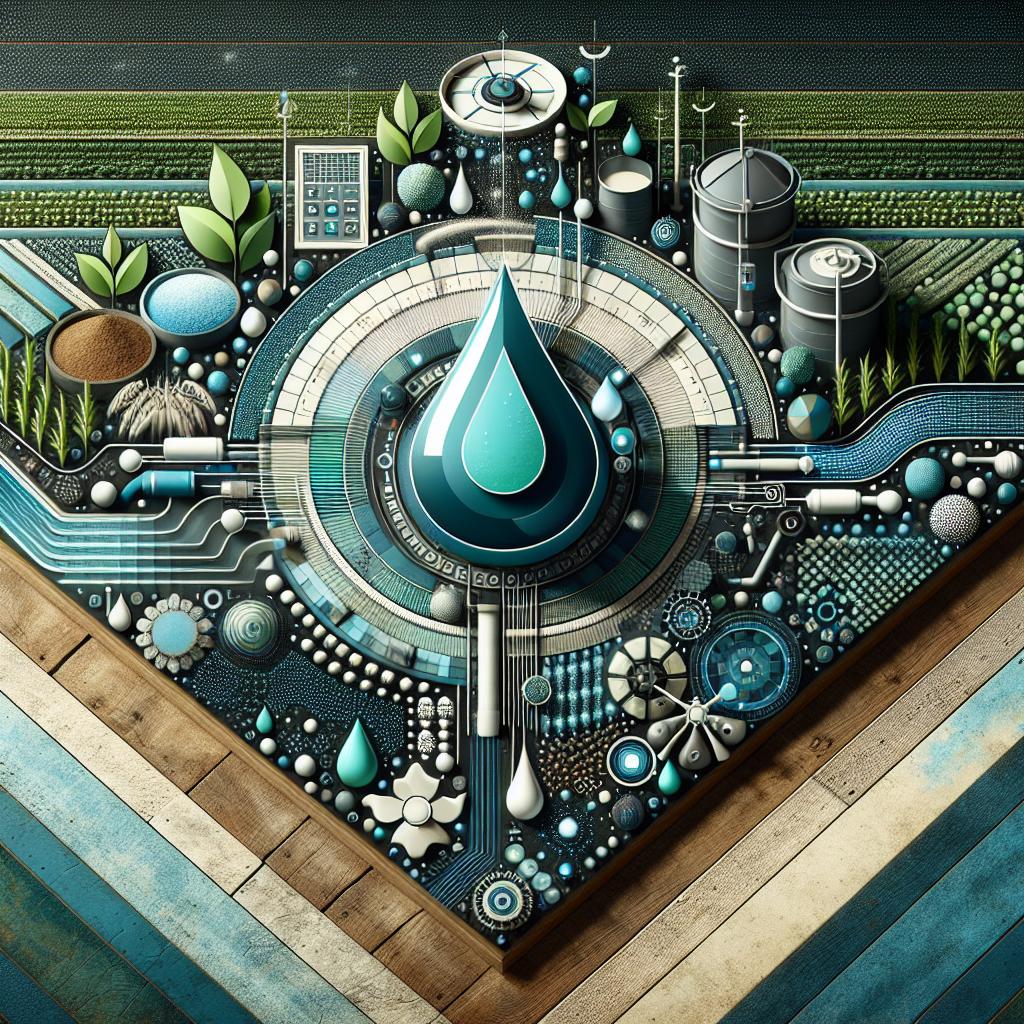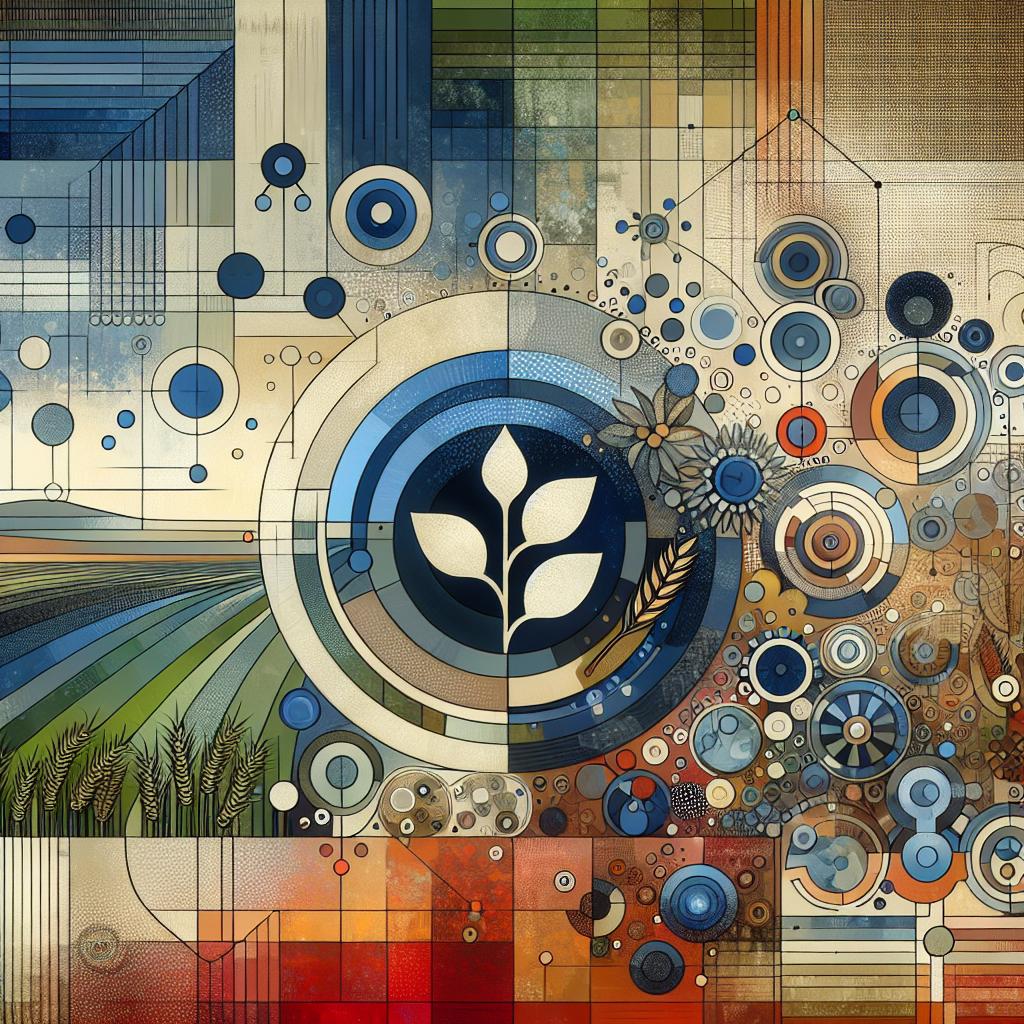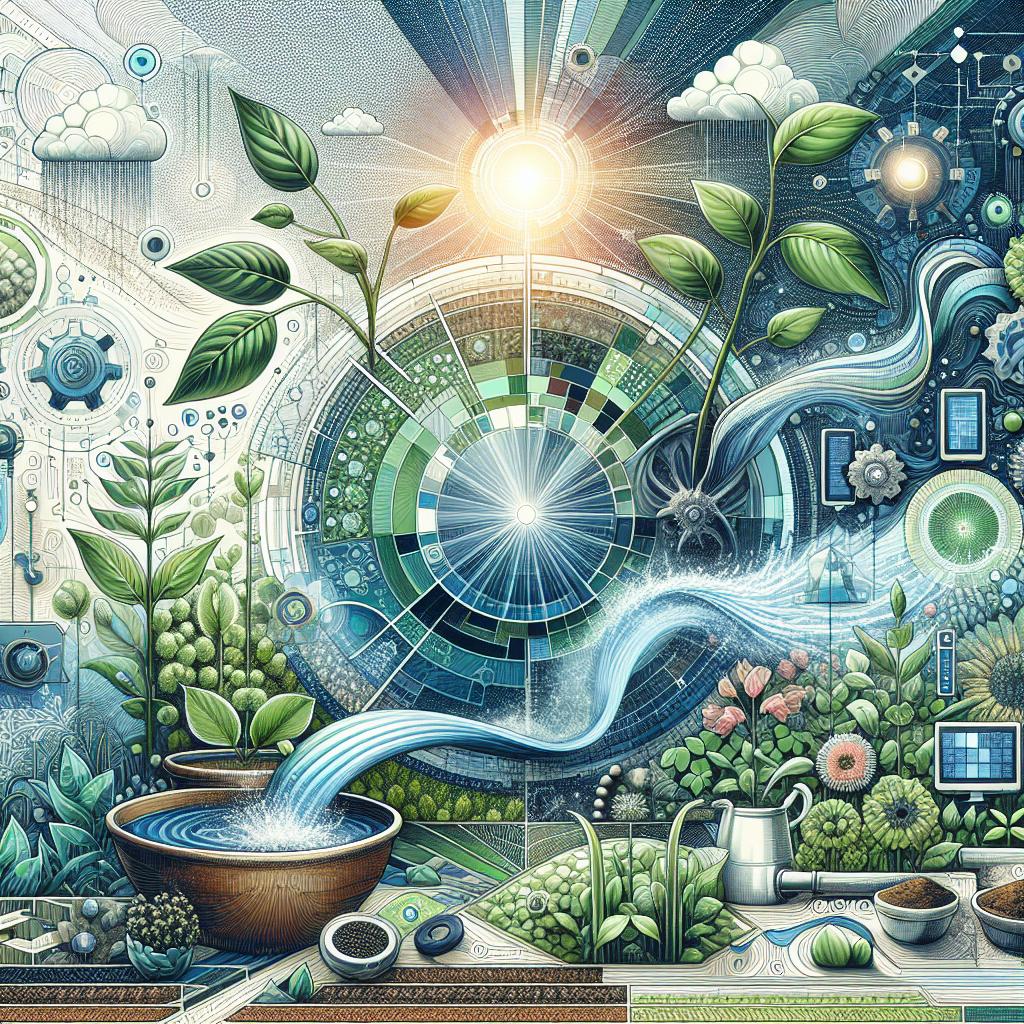This post may contain affiliate links which means I may receive a commission for purchases made through links. Learn more on my Private Policy page.
Imagine walking through an emerald-green field, where every plant stands tall and vibrant, each one a testament to the power of thoughtful design and innovative techniques. As farmers and agricultural enthusiasts strive to produce the best yields, the quest for uniformity in crops has taken center stage. Enter precision irrigation – a game-changing approach that is revolutionizing how we think about watering our fields. Gone are the days of haphazardly turning on a sprinkler system and hoping for the best. With precision irrigation, we’re diving into a world of tailored watering solutions that not only optimize water usage but also enhance crop uniformity. In this article, we’ll explore how this cutting-edge technology is transforming agriculture, ensuring that every plant receives just the right amount of water it needs to thrive. So grab your gardening gloves and let’s delve into the future of farming where each drop counts towards a bountiful harvest!
Understanding the Power of Precision Irrigation in Achieving Crop Consistency
Precision irrigation plays a pivotal role in optimizing water use and enhancing the overall quality of crops. By utilizing advanced technologies, farmers can ensure that each plant receives the exact amount of moisture it requires, resulting in better nutrient uptake and improved health. This method minimizes water wastage and promotes sustainability by reducing runoff and allowing for more effective water conservation. With the integration of sensors and data analytics, it becomes possible to tailor irrigation schedules based on real-time conditions, hence achieving consistent moisture levels across varying terrains.
The benefits of uniform irrigation extend beyond mere water management. As crops thrive under ideal hydration conditions, farmers can witness significant improvements in yields and quality. A few key advantages include:
- Increased Crop Quality: Consistent water supply leads to uniform growth and better marketable produce.
- Reduced Labor Costs: Automated systems cut manual irrigation efforts, freeing up resources for other critical farm activities.
- Minimized Pest and Disease Pressure: Healthy, stress-free plants are less susceptible to pests and diseases, enhancing overall resilience.

Tailoring Water Strategies for Varied Soil Types and Crop Needs
Different soil types present unique challenges and opportunities in crafting effective water strategies for crops. For instance, sandy soils drain quickly but require more frequent watering, while clay soils retain moisture but may become waterlogged if irrigated too often. By understanding these characteristics, farmers can adapt their irrigation techniques accordingly. Here are some tailored approaches for maximizing efficiency:
- Soil Testing: Conduct regular soil tests to determine moisture levels, texture, and nutrient content.
- Drip Irrigation: Ideal for sandy and loamy soils, delivering water directly to the root zone minimizes evaporation and runoff.
- Surface Irrigation: Suitable for clay soils, ensures longer soak times but requires careful management to prevent waterlogging.
- Mulching: Helps retain moisture in all soil types, reducing evaporation and providing a buffer against extreme temperatures.
Additionally, it’s essential to align these strategies with specific crop requirements. Every crop has its own water needs based on growth stage, climatic conditions, and soil composition. A well-structured approach might include:
| Crop | Water Needs (inches/week) | Preferred Soil Type |
|---|---|---|
| Tomatoes | 1-2 | Loamy |
| Carrots | 1 | Sandy |
| Rice | 2-5 | Clay |
| Corn | 1.5-2 | Loamy |
By integrating these water management techniques tailored to both soil types and crop needs, farmers can achieve optimal irrigation efficiency, ensuring that each plant receives the right amount of water at the right time. This not only enhances crop uniformity but also promotes sustainable agricultural practices.

Embracing Technology: Tools and Techniques to Monitor and Optimize Water Use
In the quest for optimal crop performance, modern farming increasingly relies on innovative technologies that aid in effective water management. One effective approach involves the use of sensors and monitoring systems, which provide real-time data on soil moisture levels, temperature, and weather conditions. This information can significantly enhance decision-making processes for farmers. By implementing tools such as:
- Soil moisture sensors: These devices measure the volumetric water content in the soil, allowing for timely irrigation adjustments.
- Weather stations: Localized data on rainfall and humidity helps in predicting irrigation needs accurately.
- Remote sensing technology: Drones equipped with cameras can analyze crop health and soil variability, optimizing water use across fields.
Furthermore, advanced irrigation techniques like drip and subsurface irrigation systems ensure that water is delivered directly at the plant roots, minimizing waste. These methods can be combined with wireless technology to create automatic irrigation schedules that respond to sensor data, achieving sustainable water use. The result is a more uniform crop growth, as moisture levels stay consistent, allowing for healthier plants and ultimately, improved yield. Below is a comparative look at some of these precision irrigation techniques:
| Technique | Benefits |
|---|---|
| Drip Irrigation | Reduces water waste; promotes deeper root growth |
| Subsurface Irrigation | Prevents evaporation; ideal for water-loving crops |
| Smart Sprinklers | Adjusts flow based on humidity; saves time and resources |

Building a Sustainable Future: Long-term Benefits of Uniform Crops Through Smart Irrigation
Incorporating precision irrigation systems offers a myriad of long-term benefits that go beyond mere enhancements in crop uniformity. By delivering the right amount of water at the right time, these systems optimize plant health and growth, resulting in stronger yields. Key advantages include:
- Resource Efficiency: Reduces water waste and lowers operational costs.
- Consistent Crop Quality: Promotes even development, leading to high-quality produce.
- Environmental Sustainability: Minimizes runoff and erosion, protecting local ecosystems.
Moreover, the integration of uniform crops through smart irrigation aligns perfectly with modern agricultural goals for sustainability. By cultivating crops that not only thrive under controlled conditions, farmers can contribute to food security and biodiversity preservation while enhancing their economic viability. Consider the following table highlighting the projected outcomes of adopting this approach:
| Benefit | Traditional Irrigation | Precision Irrigation |
|---|---|---|
| Water Usage | High | Low |
| Yield Consistency | Variable | High |
| Labor Efficiency | Moderate | High |
By choosing to embrace these systems, farmers not only secure their livelihoods but also play a crucial role in fostering an agricultural landscape that supports future generations.
The Conclusion
As we wrap up our journey into the world of precision irrigation and its transformative impact on crop uniformity, it’s clear that innovation doesn’t just sprinkle water on fields—it nurtures the very foundation of sustainable agriculture. By embracing these advanced techniques, farmers can cultivate not only healthier crops but also a more resilient future for our food systems.
So, whether you’re a seasoned farmer, a curious gardener, or simply an advocate for sustainable practices, remember that every drop counts. As we move forward, let’s champion the technology that empowers us to cultivate with precision and purpose. Together, we can turn the tide on traditional practices and set our sights on a greener tomorrow—one evenly irrigated field at a time. Happy farming! 🌱🚜
This post may contain affiliate links which means I may receive a commission for purchases made through links. Learn more on my Private Policy page.

